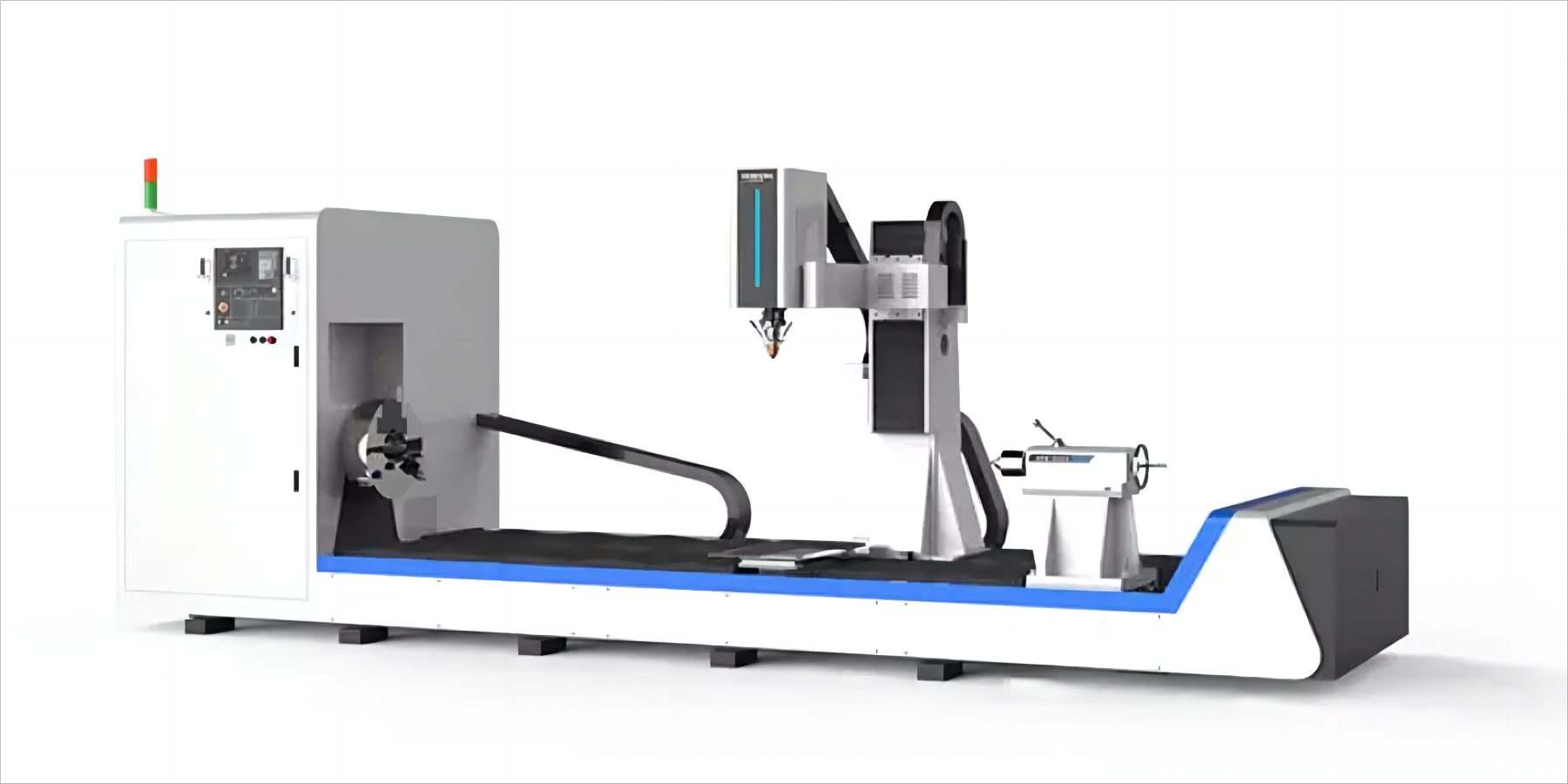
Laser cladding, also known as laser metal deposition, is a cutting-edge technology that offers a wide range of applications in various industries. This process involves the use of a laser to melt and fuse metallic powders onto a substrate, creating a durable coating or adding material to repair or enhance the properties of a component. Laser cladding has gained popularity due to its versatility and the numerous benefits it offers for industries such as aerospace, automotive, oil and gas, and more.Laser Cladding
One of the key applications of laser cladding is in the repair and refurbishment of worn-out components. Instead of replacing the entire component, laser cladding can be used to selectively deposit a layer of material onto the worn surface, restoring its original dimensions and functionality. This can significantly reduce downtime and costs associated with component replacement.
Another important application of laser cladding is in the manufacturing of high-performance components with special properties. By selectively depositing different materials onto a substrate, laser cladding can create coatings that are wear-resistant, corrosion-resistant, heat-resistant, or have other desirable properties. This enables the production of components that can withstand harsh operating conditions and extend the lifespan of equipment.Laser Cladding Machine
Laser cladding also finds applications in the aerospace industry for the repair and modification of turbine blades, compressor components, and other critical parts. The precise control offered by laser cladding allows for the deposition of complex geometries and intricate features, ensuring a perfect fit and optimal performance.
In the oil and gas industry, laser cladding is used to improve the durability and performance of components exposed to extreme conditions, such as drill bits, valves, and pump components. The coatings applied through laser cladding can enhance their resistance to wear, corrosion, and erosion, resulting in longer service life and reduced maintenance requirements.
Laser cladding also has applications in the automotive industry, where it is used to enhance the performance and durability of engine components, such as cylinder heads, pistons, and crankshafts. By applying coatings with specific properties, laser cladding can improve fuel efficiency, reduce friction, and increase the overall lifespan of the engine.
Laser cladding process
The laser cladding process involves several key steps that ensure the precise deposition of material onto a substrate. The process begins with the preparation of the substrate surface, which is essential for ensuring good adhesion and bonding between the coating and substrate. This may involve cleaning, preheating, or applying a bond coat to the substrate.
Once the substrate is prepared, the laser cladding machine is set up and configured according to the desired parameters. This includes selecting the appropriate laser power, beam size, scanning speed, and powder feed rate. The laser beam is then directed onto the substrate, melting the metallic powders that are simultaneously fed into the process through a nozzle or a powder delivery system.
The melted powders form a molten pool on the substrate surface, and the laser beam is rastered across the surface to create a desired pattern or coating thickness. The rapid solidification of the molten pool results in a metallurgical bond between the coating and the substrate, ensuring good adhesion and mechanical properties.
The whole process is typically controlled by a computer numerical control (CNC) system, which ensures precise movement and positioning of the laser beam. This allows for the deposition of complex geometries and customized coatings with high accuracy and repeatability. Laser Hardening
After the laser cladding process is complete, the coated part may undergo additional post-processing steps such as machining, grinding, or polishing to achieve the desired final dimensions and surface finish.
Advantages of laser hardening
Laser hardening is a specialized application of laser technology that offers several advantages over conventional heat treatment methods. This process involves the use of a high-power laser to rapidly heat and cool the surface of a metal component, resulting in a hardened layer with improved mechanical properties. Here are some of the key advantages of laser hardening:
Precision: Laser hardening allows for precise control over the hardened zone, enabling selective hardening of specific areas or features of a component. This precision is particularly beneficial for complex geometries and delicate parts, where conventional heat treatment methods may not be suitable.
Speed: Laser hardening is a rapid process that can achieve the desired hardness with minimal heating and cooling times. This reduces the overall processing time and improves productivity compared to traditional heat treatment methods.
Reduced distortion: The localized nature of laser hardening minimizes thermal distortion and residual stresses in the component, resulting in improved dimensional stability and reduced scrap rates. This is especially important for critical components that require tight tolerances and precise fit.
Enhanced surface properties: Laser hardening can significantly improve the surface hardness, wear resistance, and fatigue strength of a component. This is particularly advantageous for components exposed to heavy loads, abrasive wear, or repetitive stress, as it increases their lifespan and reduces the need for frequent maintenance or replacements.
Minimal material waste: Unlike conventional heat treatment methods that involve heating the entire component, laser hardening selectively targets the areas requiring hardening. This reduces energy consumption and minimizes material waste, making it a more environmentally friendly process.
In conclusion, laser cladding and laser hardening are advanced technologies that offer numerous benefits for industries such as aerospace, automotive, oil and gas, and more. Laser cladding allows for the repair, refurbishment, and production of high-performance components, while laser hardening provides superior surface properties and enhanced mechanical strength. With their precise control, speed, and other advantages, laser cladding and laser hardening are revolutionizing manufacturing processes and enabling the production of more durable and efficient components.

























